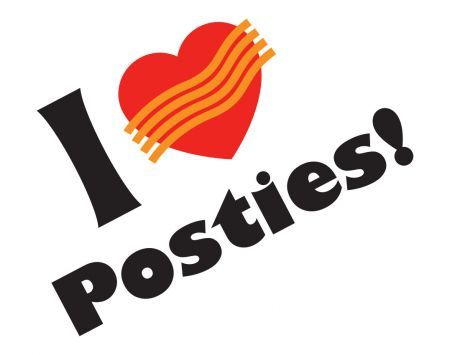News
You are here
Support postal workers

August 30, 2016
It’s not clear what the outcome will be of negotiations between Canada Post and CUPW, the Canadian Union of Postal Workers, representing over 51,000 workers across the country. Postal workers were in a legal strike situation as of Monday, August 29, but have reached a tentative deal that has to be ratified by the membership.
What is clear is that Canada Post management is determined to break the union and also that what happens to CUPW matters a great deal—not just to their own members, but to the rest of the labour movement and for the delivery of public services in general.
That’s why there was a lot of public support for the Save home delivery campaign launched by the union. Under Stephen Harper’s Tory government and Canada Post management—most notably CEO Deepak Chopra—we saw the introduction in 2013 of a wildly unpopular plan to eliminate door-to-door delivery of mail and to convert to “community mail boxes,” a misnomer if there ever was one!
Seniors, people with disabilities or mobility issues and people who just didn’t see the need for ending a public service that is provided in most other industrialized countries, hoped that with the election of the Trudeau government they might see the reversal of this policy, especially since it was one of the promises Trudeau made in his bid to be elected.
So far, the 860,000 Canadians who had already been converted to community mailboxes have been left wondering when the Liberals will uphold their campaign promise. The Liberals are conducting a “review” of Canada Post and they say that nothing is “off the table,” which means, of course, that they may choose to go ahead with the same kind of cost-cutting measures and elimination of jobs and services that we saw under the Harper government.
Militant history
The role of militancy within the postal workers’ union is historic. CUPW was born in 1965 out of the old Canadian Postal Employees Association. They went out on what was an illegal wildcat strike in 1965, before workers in the public sector had the right to strike or even to form unions and won the right to collective bargaining for public sector workers.
Up until this time wages in the public sector were notoriously low. Throughout the 1970s CUPW went out on strike to fight for a living wage for low-paid workers, many of whom were women. A 1978 strike resulted in CUPW president Jean-Claude Parrot being jailed when the union defied back-to-work legislation passed by the Canadian parliament.
In 1981, after another strike, CUPW became the first federal civil service union in Canada to win the right to maternity leave for its members. Many of the gains made by CUPW were translated into gains across the board for other unionized workers. But they were not won without a fight.
That’s why it’s no surprise that this time around CUPW is supporting the rights of new hires and women workers. Two of the main bargaining issues in this round of negotiations are equal pay for women letter carriers who work in rural areas and saying no to the creation of a two-tiered pension system—where new employees would have no choice but to accept the defined contribution pension scheme, much more uncertain and with much less onus on the employer to ensure a decent pension for retirees.
The stakes in this fight are high. On the one side we have Canada Post management, functioning like any private corporation. They have been recording record profits but apparently not high enough for the CEO. How to ensure even greater profits: cut services and worsen wages and working conditions for workers.
The ‘Save door-to-door delivery’ campaign and its popularity across the country show the possibilities of uniting CUPW members and the public they serve in a joint fight for decent wages and decent public services.
Initiatives from the union, like the recent proposal around the possibilities of creating a postal banking system—which would benefit low-income people (who may have difficulties opening a regular bank account) or people living in rural areas where banks are closing because it’s not profitable for them to serve small communities—are dismissed out of hand by Canada Post management.
Strike solidarity
CUPW leadership has said their job action may not be an all out strike but could include things like a ban on overtime or possibly rotating strikes, in an effort not to “inconvenience” the public. However, the real strength of the union is exactly in understanding that the only way to get Canada Post to budge is to use their withdrawal of labour to affect the profits that should be used to create a better postal service and decent salaries and working conditions for those who provide the service.
The recent example of library workers in Mississauga, who successfully struck for 15 days to raise the wages of pages and part-time workers—among the lowest paid workers in the library system—is instructive. The public didn’t turn against the library workers because they were “inconvenienced” by the strike. Library workers successfully reached out to community members who love and use their public library system, to explain why the strike was necessary.
Kunwal Farooqui, a striking library worker, who has worked in the Mississauga library system for 13 years explained the strike this way: "Half of our membership are full-time, and we’re still supporting our part-time workers because there is no way we will ever give into conditions like that. The City of Mississauga should be an employer that leads by example. We are the sixth largest city in Canada, the city makes a lot of money and has a lot of money to spend for employees at all different levels, yet our part-time workers are working in conditions which are absolutely disgusting."
Solidarity is still the strongest weapon the working class has in its arsenal. In the battle between Canada Post management and CUPW members, which side are you on?
Section:










